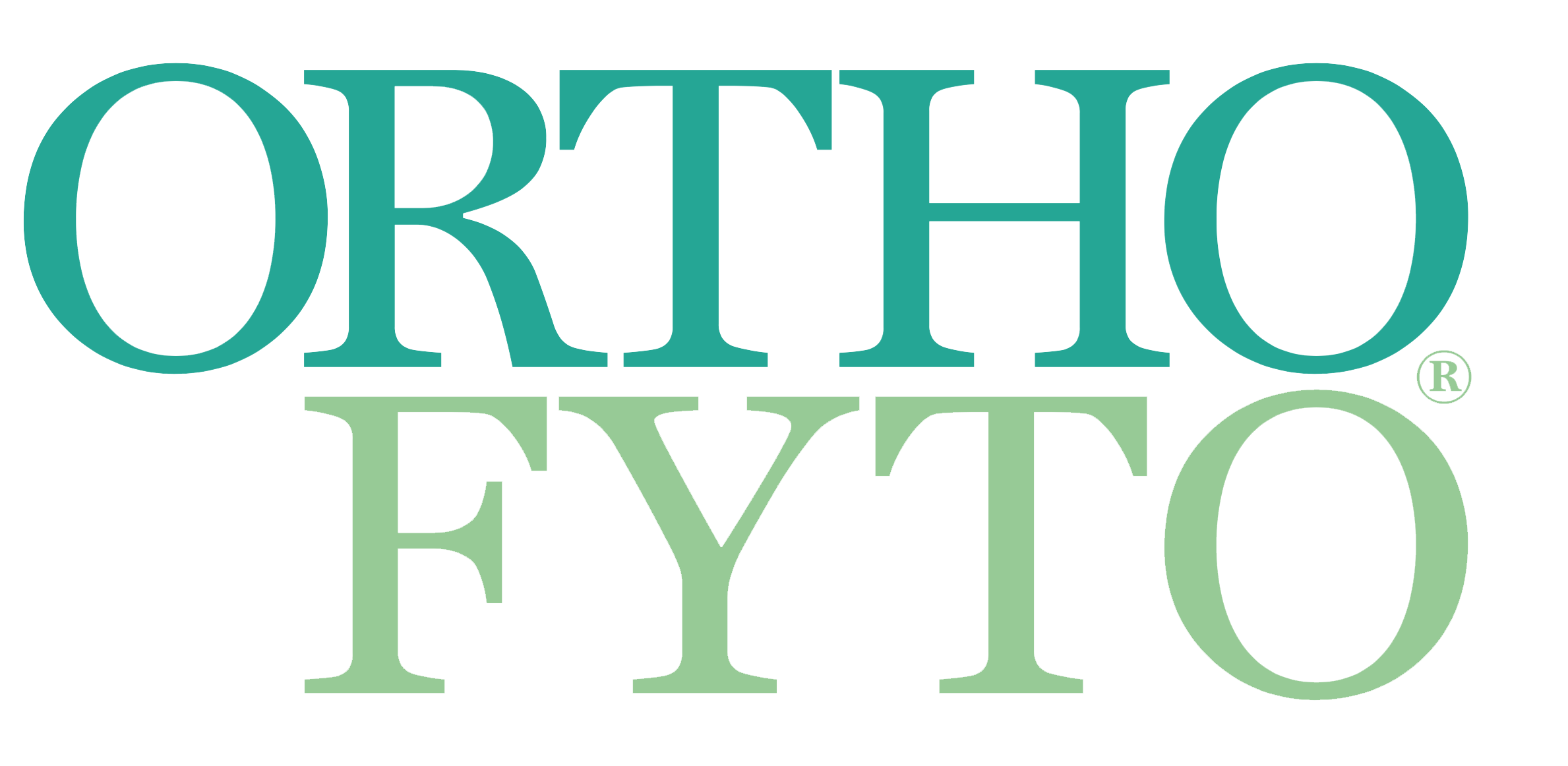Kruiden kunnen migraine verlichten
05 Apr, 2023
Door Marilène Dols
Bij migraine kunnen meerdere achterliggende factoren een rol spelen en het is zaak om bij iedere migrainepatiënt de invloed van deze factoren te bepalen en de behandeling daarop af te stemmen. In de reviewstudie van Adrian Lopresti en medeonderzoekers wordt de wetenschappelijke basis van kruiden bij migraine in kaart gebracht. Maar er zijn méér recente kruidenstudies die nieuwe invalshoeken voor behandeling van migraine opleveren.
Migraine is een neurovasculaire aandoening, waarvan de etiologie nog niet geheel is opgehelderd maar waarbij een aantal processen in de hersenen een rol spelen. De aura wordt veroorzaakt door een stoornis in de prikkelgeleiding, cortical spreading depression (CSD) genoemd, die gepaard gaat met tijdelijke ischemie en neurologische verschijnselen. Ook zorgt CSD voor vasoconstrictie, die via een aantal tussenstappen overgaat in krachtige vasodilatatie die de hoofdpijn veroorzaakt. Een storing in de hypothalamus speelt hierbij mee; de craniale bloedstroom verandert door een trigeminovasculaire reflex en pijnreceptoren worden geprikkeld, wat pijn veroorzaakt. Aan dit proces ligt hyperactiviteit van de hersenen ten grondslag, cortical excitability genoemd, die de hersenen gevoeliger maakt voor prikkels en die weer wordt veroorzaakt door tekortschietende regulatie tussen de activerende NMDA-receptoren met verhoogde glutamaatvorming en inhiberende GABA-receptoren.
Ook zijn bij migraine cytokinen verhoogd wat CalcitoninGeneRelatedPeptide(CGRP) stimuleert en de trigeminuszenuw activeert, dus pijn en vasodilatatie veroorzaakt. Hierbij zijn bovendien bloedplaatjesaggregatie en NO (stikstofoxide), die de diameter van bloedvaten beïnvloedt, betrokken. Ook veranderingen in serotonine-, dopamine- en melatonine-activiteit spelen een rol bij migraine (zie figuur 1).1-3
Lees het gehele artikel vanaf pagina 20 in OrthoFyto 2/23.
Wilt u het gehele artikel als PDF bestand ontvangen? Bestel het dan hier voor € 3,50.
Bronvermelding:
1. www.merckmanuals.com/professional/neurologic-disorders/headache/migraine
2. Lopresti, A. L., Smith, S. J., & Drummond, P. D. (2020). Herbal treatments for migraine: A systematic review of randomised-controlled studies. Phytotherapy research : PTR, 34(10), 2493–2517.
3. Goschorska, M., Gutowska, I., Baranowska-Bosiacka, I., Barczak, K., & Chlubek, D. (2020). The Use of Antioxidants in the Treatment of Migraine. Antioxidants (Basel, Switzerland), 9(2), 116.
4. Hagen, K., Stovner, L. J., & Zwart, J. A. (2020). High sensitivity C-reactive protein and risk of migraine in a 11-year follow-up with data from the Nord-Trøndelag health surveys 2006-2008 and 2017-2019. The journal of headache and pain, 21(1), 67.
5. hoofdpijnnet.nl/soorten-hoofdpijn/alles-over-migraine
6. www.vzinfo.nl/migraine/oorzaken-en-gevolgen
7. Zhang, Q., Shao, A., Jiang, Z., Tsai, H., & Liu, W. (2019). The exploration of mechanisms of comorbidity between migraine and depression. Journal of cellular and molecular medicine, 23(7), 4505–4513.
8. Troubat, R., Barone, P., Leman, S., Desmidt, T., Cressant, A., Atanasova, B., Brizard, B., El Hage, W., Surget, A., Belzung, C., & Camus, V. (2021). Neuroinflammation and depression: A review. The European journal of neuroscience, 53(1), 151–171.
9. Tanha, H. M., Sathyanarayanan, A., International Headache Genetics Consortium, & Nyholt, D. R. (2021). Genetic overlap and causality between blood metabolites and migraine. American journal of human genetics, 108(11), 2086–2098.
10. Bone K, Mills S. Principles and practice of phytotherapy; Modern Herbal Medicine. Second edition. Churchill Livingstone Elsevier, 2013. 282-283, 566-575.
11. Martins, L. B., Rodrigues, A. M. D. S., Rodrigues, D. F., Dos Santos, L. C., Teixeira, A. L., & Ferreira, A. V. M. (2019). Double-blind placebo-controlled randomized clinical trial of ginger ( Zingiber officinale Rosc.) addition in migraine acute treatment. Cephalalgia : an international journal of headache, 39(1), 68–76.
12. Kim, J., Lee, S., & Rhew, K. (2022). Association between Gastrointestinal Diseases and Migraine. International journal of environmental research and public health, 19(7), 4018.
13. Welander, N. Z., Olivo, G., Pisanu, C., Rukh, G., Schiöth, H. B., & Mwinyi, J. (2021). Migraine and gastrointestinal disorders in middle and old age: A UK Biobank study. Brain and behavior, 11(8), e2291.
14. Georgescu, D., Reisz, D., Gurban, C. V., Georgescu, L. A., Ionita, I., Ancusa, O. E., & Lighezan, D. (2017). Migraine in young females with irritable bowel syndrome: still a challenge. Neuropsychiatric disease and treatment, 14, 21–28.
15. Chen, J., Wang, Q., Wang, A., & Lin, Z. (2020). Structural and Functional Characterization of the Gut Microbiota in Elderly Women With Migraine. Frontiers in cellular and infection microbiology, 9, 470.
16. fyto.nl/artikel-fytotherapie-ter-ondersteuning-van-de-darmbarriere
17. Zareie, A., Sahebkar, A., Khorvash, F., Bagherniya, M., Hasanzadeh, A., & Askari, G. (2020). Effect of cinnamon on migraine attacks and inflammatory markers: A randomized double-blind placebo-controlled trial. Phytotherapy research : PTR, 34(11), 2945–2952.
18. Jafarpour, M., Yousefi, G., Hamedi, A., Shariat, A., Salehi, A., & Heydari, M. (2016). Effect of a traditional syrup from Citrus medica L. fruit juice on migraine headache: A randomized double blind placebo controlled clinical trial. Journal of ethnopharmacology, 179, 170–176.
19. Kantamneni S. (2015). Cross-talk and regulation between glutamate and GABAB receptors. Frontiers in cellular neuroscience, 9, 135.
20. Volta, G. D., Zavarise, P., Perego, L., Savi, L., & Pezzini, A. (2019). Comparison of the Effect of Tanacethum Parthenium, 5-Hydroxy Tryptophan, and Magnesium (Aurastop) versus Magnesium Alone on Aura Phenomenon and Its Evolution. Pain research & management, 2019, 6320163.
21. Ornello, R., De Matteis, E., Di Felice, C., Caponnetto, V., Pistoia, F., & Sacco, S. (2021). Acute and Preventive Management of Migraine during Menstruation and Menopause. Journal of clinical medicine, 10(11), 2263.
22. Babapour, M., Khorvash, F., Rouhani, M. H., Ghavami, A., Ghasemi-Tehrani, H., Heidari, Z., Karbasi, M., Moradi, F., & Askari, G. (2022). Effect of soy isoflavones supplementation on migraine characteristics, mental status and calcitonin gene-related peptide (CGRP) levels in women with migraine: results of randomised controlled trial. Nutrition journal, 21(1), 50.
23. Ambrosini, A., Di Lorenzo, C., Coppola, G., & Pierelli, F. (2013). Use of Vitex agnus-castus in migrainous women with premenstrual syndrome: an open-label clinical observation. Acta neurologica Belgica, 113(1), 25–29.
